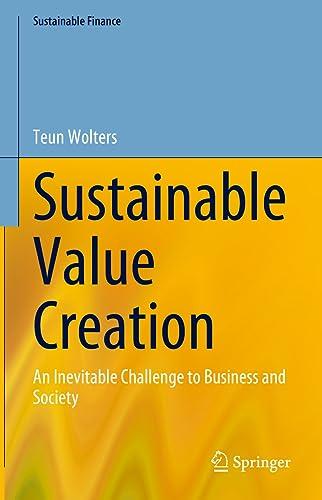Question
Chapter 25 Mini-Case Answer the following questions. a. Suppose Asset A has an expected return of 10% and a standard deviation of 20%. Asset B
Chapter 25 Mini-Case
Answer the following questions.
a. Suppose Asset A has an expected return of 10% and a standard deviation of 20%. Asset B has an expected return of 16% and a standard deviation of 40%. If the correlation between A and B is 0.35, what are the expected return and standard deviation for a portfolio consisting of 30% Asset A and 70% Asset B?
b. Plot the attainable portfolios for a correlation of 0.35. Now plot the attainable portfolios for correlations of +1.0 and 1.0.
c. Suppose a risk-free asset has an expected return of 5%. By definition, its standard deviation is zero, and its correlation with any other asset is also zero. Using only Asset A and the risk-free asset, plot the attainable portfolios.
d. Construct a plausible graph that shows risk (as measured by portfolio standard deviation) on the x-axis and expected rate of return on the y-axis. Now add an illustrative feasible (or attainable) set of portfolios and show what portion of the feasible set is efficient. What makes a particular portfolio efficient? Dont worry about specific values when constructing the graphmerely illustrate how things look with reasonable data.
e. Add a set of indifference curves to the graph created for part b. What do these curves represent? What is the optimal portfolio for this investor? Add a second set of indifference curves that leads to the selection of a different optimal portfolio. Why do the two investors choose different portfolios?
f. What is the Capital Asset Pricing Model (CAPM)? What are the assumptions that underlie the model?
g. Now add the risk-free asset. What impact does this have on the efficient frontier?
h. Write out the equation for the Capital Market Line (CML), and draw it on the graph. Interpret the plotted CML. Now add a set of indifference curves and illustrate how an investors optimal portfolio is some combination of the risky portfolio and the risk-free asset. What is the composition of the risky portfolio?
i. What is a characteristic line? How is this line used to estimate a stocks beta coefficient? Write out and explain the formula that relates total risk, market risk, and diversifiable risk.
j. What are two potential tests that can be conducted to verify the CAPM? What are the results of such tests? What is Rolls critique of CAPM tests?
k. Briefly explain the difference between the CAPM and the Arbitrage Pricing Theory (APT).
Step by Step Solution
There are 3 Steps involved in it
Step: 1

Get Instant Access to Expert-Tailored Solutions
See step-by-step solutions with expert insights and AI powered tools for academic success
Step: 2

Step: 3

Ace Your Homework with AI
Get the answers you need in no time with our AI-driven, step-by-step assistance
Get Started


